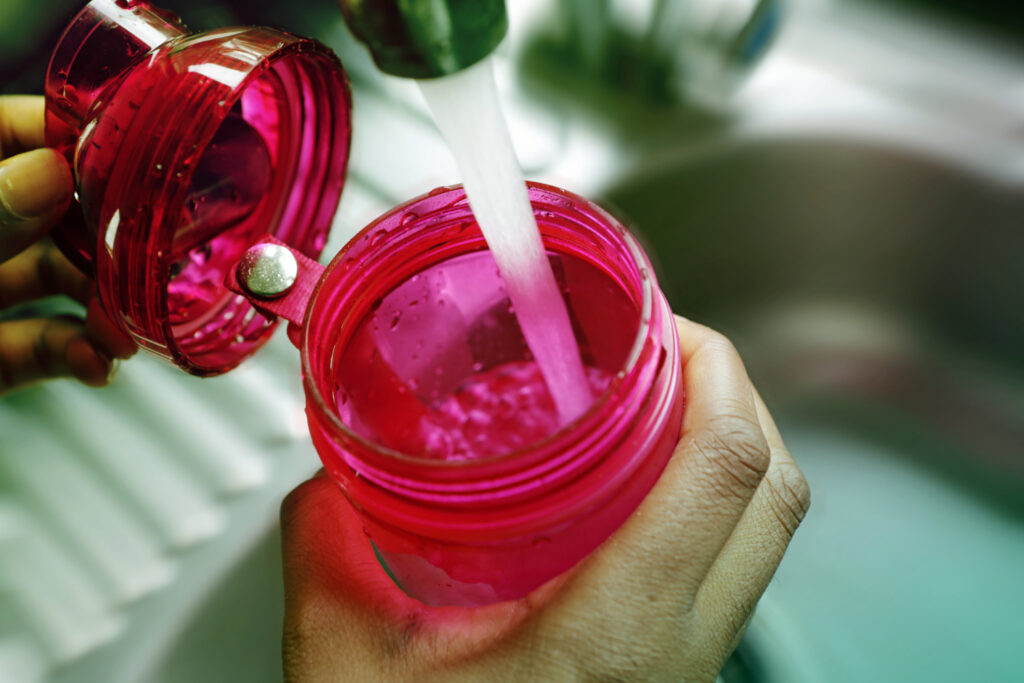While pushing yourself to your limits at the gym will help you to achieve your fitness goals, it’s worth noting that your body can only handle so much.
That’s why after a particularly rough training session, you’ll wake up with some serious aches and pains.
Exercising molds your body into the perfect shape – but that also involves breaking down muscle fibers and reforming them from scratch. It’s no wonder that workout recovery takes longer than most people realize.
The good news? You can speed things up.
Today, we’re going to be looking at some scientifically-proven ways to aid muscle recovery and get you back in fighting form.
Let’s get started.
Why is muscle recovery so important?
Rest and recovery are essential components of any exercise routine. The best post-workout strategy has a massive impact on how you feel, and how quickly you can get back into the gym.
Unfortunately, most people don’t do much with their after-exercise plan.
It’s easy to assume you can just bypass the standard steps for muscle recovery and strength building and just push ahead through the pain.
However, forcing yourself to continue working when your body is still repairing could do more harm than good.
Muscles need anywhere from 24 to 48 hours to rebuild. Working the same muscle again too quickly could cause tissue to break down.
For weight-training routines, this generally means that you should create a cycle that supports fast recovery. Never work out the same muscle groups two days in a row. Have recovery breaks between each muscle-building session.
While you’re focusing on a fast recovery, remember the following tips:

1. Replace lost fluids and nutrients quickly
It’s no secret that you lose a lot of fluids when working out. Ideally, you should be replacing your water reserves regularly during exercise. However, it’s also helpful to rehydrate after a workout too.
Water is one of the most essential fuels that your body has. It helps to keep everything in your system working as it should.
Indeed, water supports every nutrient transfer and metabolic function in the body. Proper fluid replacement is even more important if you’re an endurance athlete that sweats a lot.
To boost the benefits of your water intake, make sure that you’re eating the right foods for muscle recovery too. Exercise depletes your energy stores, which means that you need to top up again with plenty of the right fuel.
Ideally, eat within around 60 minutes of your workout, and focus on high-quality proteins and carbohydrates.
The best post-workout foods include:
- Grilled chicken and roasted vegetables
- Avocado and egg omelet
- Salmon and sweet potato
- Oatmeal, almonds, and bananas
- Fruits and cottage cheese
- Hummus and pitta bread
2. Rest, relax and stretch regularly
Time is one of the best healers. As tempting as it might be to push on with your exercise routine, dropping to slightly less intense workout strategies, the truth is that you need to rest and relax as much as possible.
Your body has an incredible capacity to take care of itself if you give it time.
Resting after a workout gives your muscles the time to go through repair processes that can only happen at a natural pace. If you really need to feel like you’re doing something positive for your body, throw a few stretching sessions into the mix.
Easy and gentle movement in the form of some basic yoga, or a walk around the house improves circulation, which also boosts the amount of important nutrients reaching your muscles.
3. Try massage and visualization
Massage feels great for a reason – it helps to boost your circulation and promotes better relaxation. Circulation is essential during muscle recovery sessions after a workout.
The better your blood is flowing, the quicker you’ll get rid of waste that leaves you feeling achy.
If you don’t have enough cash for a professional massage expert to help you out, consider experimenting with foam rollers, as these are a great budget-friendly way to enhance workout recovery.
While you’re getting a massage, or massaging yourself, consider trying some visualization techniques.
While visualizing won’t necessarily heal your muscles any faster, it can help you to feel more relaxed. This means that you have less cortisol running through your blood stream, causing you to remain tense and agitated.
4. Get more sleep
Sleep is key to recovery, whether you’re sick, injured, or just repairing from a day at the gym. Whenever you have a good night’s sleep, countless crucial things happen in your body. Your body produces growth hormone, which is responsible for repair and tissue growth.
Plus, sleep helps to get rid of all the extra stress and tension you might be holding onto. If you’re particularly exhausted after a workout, it might even be a good idea to take a daytime nap.
According to information from the National Sleep Foundation, naps can restore performance, enhance alertness, and even reduce your risk of accidents.
Just remember that a quick nap won’t make up for an entire night’s rest. If your training is making it difficult for you to get enough sleep, consider cutting down on your routine, or changing your schedule.
5. Change what you drink
We’ve already mentioned how important water is to your muscle recovery strategy. However, you can also consider switching your beverages up in other ways.
First off, avoid any post-workout happy hours. You don’t want to drink too much when you’re working out. According to experts, alcohol can increase your chances of dehydration after a workout.
Alcohol also interferes with the way that your body synthesizes proteins, which can harm the way that your body’s muscles repair.
If you’re stiff from your recent routine, tart cherry juice or supplements may help with that. Tart cherry juice has plenty of powerful nutrients that support the body in recovering faster and with less pain.
This unique drink helps with everything from inflammation, to reducing the symptoms of arthritis. Research reviews also indicate that tart cherry juice is brilliant for reducing inflammation and delayed onset muscle soreness following exercise.

6. Try anti-inflammatories
Anti-inflammatories are one of the best tools for muscle recovery in any arsenal. However, it’s worth making sure that you don’t take too many.
Anti-inflammatories are great for reducing pain and discomfort, but they can also hinder your ability to increase muscle strength if you take too many.
Some experts prefer sticking to natural sources for muscle recovery, like turmeric supplements. You could also benefit from things like an ice bath. This will allow you to reduce the swelling and inflammation in your muscle, while soothing unwanted aches and pains.
Following an ice bath up with some carefully applied heat is also helpful, as it will strengthen your blood circulation.
7. Work out a better program
As we mentioned above, muscle recovery is an essential part of strengthening your muscle-building strategy. The right kind of exercise routine is essential to help with this – as it ensures that you’re not focusing on the same muscle group too often.
Periodize your workout program so that you’re moving from one muscle group to the next in the right order. Essentially, scheduling your workout properly means that there will be times when you push hard, and times when you’ll back off and focus on lighter workouts and recovery.
This approach is typical for many athletes, as it ensures you’ll push hard enough to improve your physical fitness, without moving too fast.
Every week ensure that you’re including the right number of recovery and exercise days around your workouts. Every month or so, trade your challenging program for a week of something less intense.
Boost your muscle recovery
Muscle recovery is one of those things that frequently gets overlooked by the average athlete. If you don’t give your body enough time to repair between training sessions, however, it’s difficult to achieve your fitness goals.
The best post-workout strategy will ensure that you get plenty of time to recover when you’re pushing hard at your local gym.
For more tips on making the most out of your exercise strategy, stay turned for more fitness articles from Rewired!
Remember, listen to your body, and avoid pushing yourself to move faster than you need to. You’re only human, so make sure you don’t push yourself to do more than you’re really capable of.
ReWired: ReThink Your Life.




